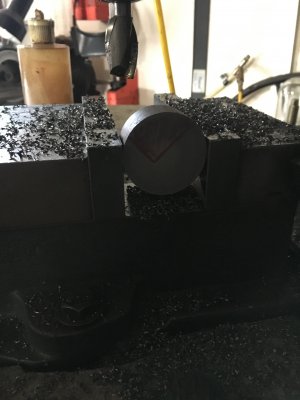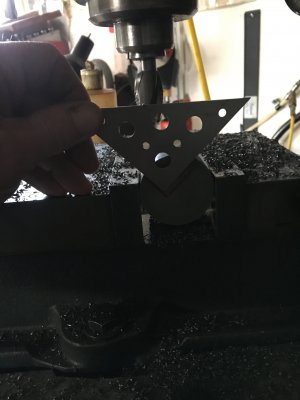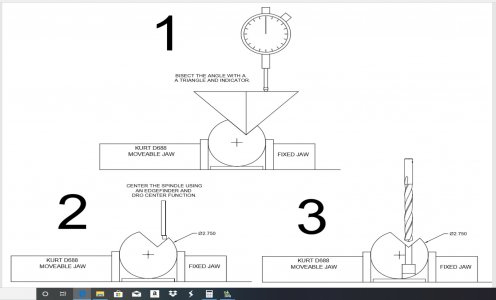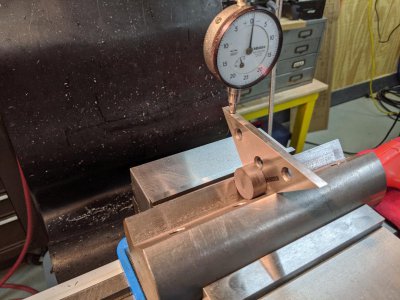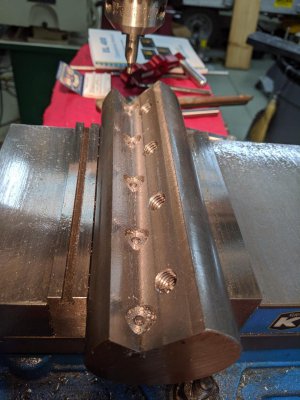- Joined
- Aug 15, 2013
- Messages
- 2,116
Not "daylight", backlight. If the two Vs are both 90 degrees, you can see when they align. If you have a large enough 90 degree countersink, that would work, too.Hi Tom
I actually thought of something similar by using a "largish" 90 degree cutter but wasn't sure if "eyeballing for daylight" was very accurate.
Tom


